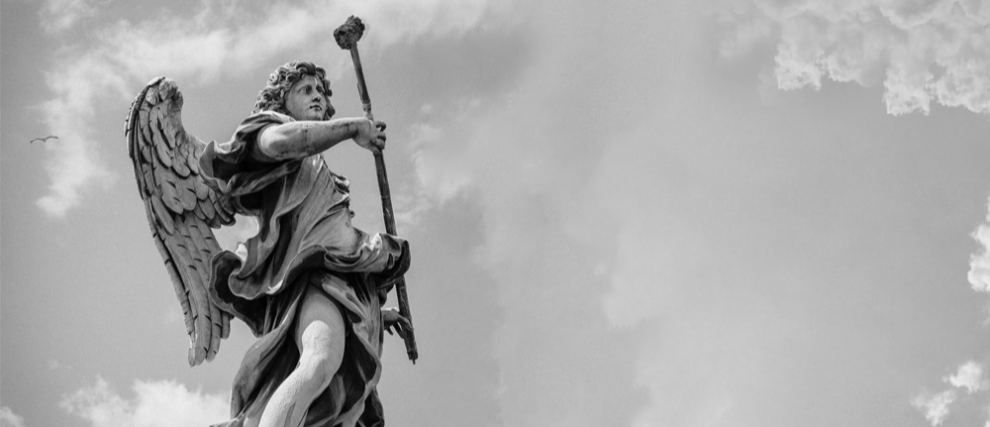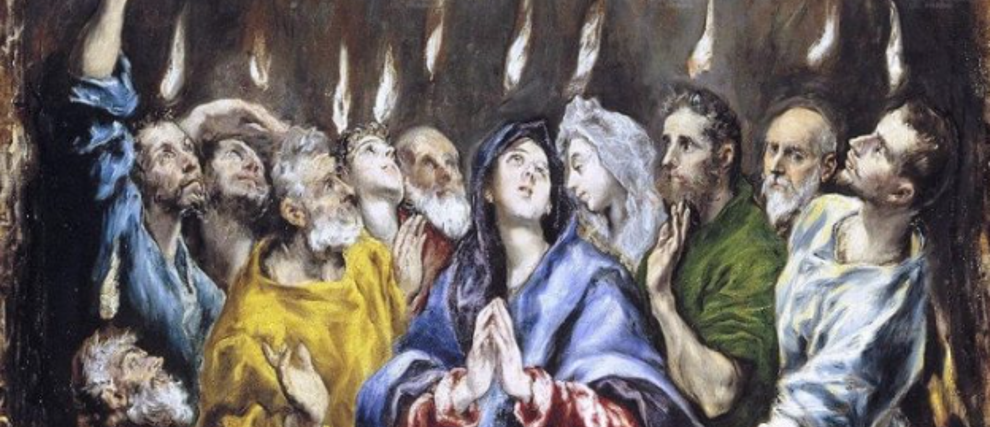Marie d'Agreda: Life, Visions, and Writings
"The Most High crucified my heart throughout my life by a continual fear which I cannot express, and which is caused by the uncertainty in which I found myself, not knowing if I was on the right path, if I was losing His friendship or if I was enjoying His grace."
- Marie d'Agreda.
Marie d'Agreda was a Spanish mystic of the 17th century. She is particularly known for having experienced a series of ecstatic visions of the Holy Spirit, the Passion of Christ, Pentecost, and the Child Jesus. She became a religious sister and dedicated her life to Christ and to transmitting the messages received during her visions.
Biography of Marie d'Agreda
Marie d'Agreda, born on November 22, 1602 in Agreda in Old Castile under the name Marie Fernande Coronel, came from a family of four children. She became a religious sister at 17 when she entered, on January 13, 1619, along with her mother and sister, a Franciscan order, a convent of the Order of the Immaculate Conception. Her father and her two brothers, meanwhile, entered the Brothers of the Holy Sacrament, also called the Friars Minor.
It was only one year after her arrival at the convent that she pronounced her vows on February 2, 1620, before her father, who had become a Franciscan brother. Marie d'Agreda did not leave her convent until her death.
Very shortly after pronouncing her vows she began to have visions—ecstatic visions of the Holy Spirit, the Passion of Christ, Pentecost, and the Child Jesus, but also began to experience ecstasies, episodes of levitation, and bilocations. Exhausted by these events, she asked the Lord to be freed from these gifts. Her prayer was answered. In 1627, she was elected abbess of her convent, then twenty-five years old. She would be re-elected until her death, with the exception of three years between 1652 and 1655, at her request. Marie d'Agreda therefore led the convent for thirty-five years. She was a good mother superior who caused the community's assets to prosper, increased its income, and had a new convent built, inaugurated in 1633. Her community was so prosperous that it grew from twelve to thirty-three religious sisters.
Marie d'Agreda wrote three historical works: The Mystical City of God (begun in 1637), her correspondence with Philip IV of Spain (begun in 1643), and the personal examination she underwent by the tribunal of the Spanish Inquisition in January 1650. Her work was one of the most extensive religious polemics of the late 17th century.
Marie d'Agreda rendered her soul to the Lord on May 24, 1665, the day of Pentecost. Numerous prodigies took place through her intercession and Marie was therefore declared Venerable by Pope Innocent XI on September 2, 1679.
The Mystical City of God
This work is divided into eight books, written thirty-three years after Marie d'Agreda's first visions and recounts the life, in order, of the Virgin Mary. There are three parts to this text:
from the predestination of the Virgin until the Incarnation (books 1-2),
from the Incarnation to the Ascension of the Lord (books 3-6),
from the Ascension to the Assumption and the coronation of Mary in heaven (books 7-8).
For each part, there is an introduction. There are also, from chapter 16 onwards, teachings "given by the Queen of Heaven". Furthermore, exhortations which describe the life of Jesus-Christ (from books 3 to 6) and of the Holy Virgin Mary (from books 1 to 8) conclude each chapter.
Excerpt from the Profession of Faith of Marie d'Agreda
"Lord and immortal God in the highest Heavens, I confess and I believe that You are uncreated and creator of all things visible and invisible, glorious and blessed in Yourself and by Yourself, without needing anyone to be so eternally. Being infinitely good, You communicate, and to do so You have created creatures, and to elevate them to Your glory and Your beatitude You took human flesh. Thus, I believe and I confess that God as Man has, like us, a body and a rational soul, and that according to His divinity He is equal to the Father. He suffered the Passion and death for humankind and thereby lifted the sinner from the dust of the earth, and this sinner who was worthy of reprobation because of the infinite offense he had committed against God, He rendered capable of receiving grace. The Creator, being infinite, willed to satisfy to an infinite degree, although this was not necessary, for He could have freed man from his fault by a minimal action or by a single outpouring of His love which would have represented a merit much greater than the sin committed.
This mystery was realized in the virginal womb of the most Holy Mary, Virgin before giving birth, in childbirth and after childbirth when she became the Mother of the Lamb. She is superior in grace and merits to all the angels and saints, being only inferior to God. This most pure queen has deserved reverence, praise, and eternal glory. I confess that she was conceived without the stain of original sin, and to maintain this truth I would give my life; in my innermost being I believe and I confess this mystery as being of Faith, although the Holy Church has not yet defined it. I ask the eternal God that this definition may take place because of the good that must follow.
[...]
I recognize and I confess that our Holy Mother the Roman Church is the mistress of all Churches and I accept obedience to the Roman prince and pontiff, successor of the glorious apostle Saint Peter, prince of the apostles. All that is said in this declaration I confess undoubtedly, and all that is contrary to it as well as all the heresies condemned and reproved by the Holy Church, I condemn, detest, and anathematize them. I detest in particular the devil, the ancient serpent and all his infernal troops.
All the truths and all the articles of faith, mentioned above and those that the Church possesses, I believe and I attest to them now and in aeternum. And if deceived by a false persuasion of the devil, or being in doubt, hesitation, or anxiety, after having lost right judgment or even being in possession of it, I said or did something contrary to Christian fidelity, as a daughter of the Roman Church, I detest it now, and I declare my intention and my will to confess, believe, respect, and receive these truths, particularly at the hour of my death. I ask the eternal God that He may graciously grant me by His great Mercy to die confessing the holy Catholic faith for which I would give my life. So be it.".
Continue your prayer with Hozana!
Discover magnificent prayer communities thanks to Hozana!
Pray the . Journey for 9 days with the saint of the Impossible.
Every morning, by a priest or a pastor. This prayer time invites you to take time for meditation and ends with an Our Father.

